-
2000
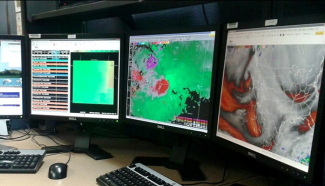
-
2000
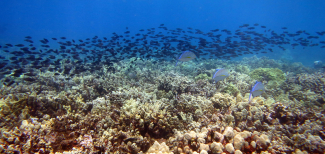
-
2000
-
2001
Atlantic sea scallops are declared rebuilt following declines in the 1990s.
-
2002
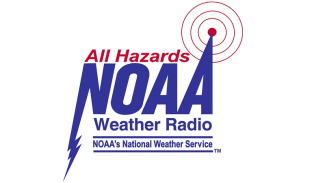
NOAA Weather Radio adapted for use in national emergencies; expanded to reach 95 percent of the American public the following year.
-
2003
NOAA hosts the Earth Observation Summit in Washington, DC.
-
2004
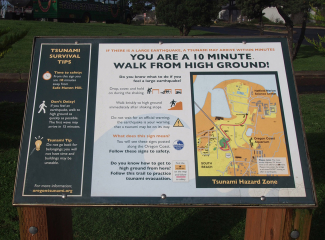
Tsunami readiness in the United States is strengthened after a magnitude 9.0 earthquake strikes in the Indian Ocean, and tsunami waves kill over 230,000 people around the Indian Ocean basin. Congress passes the Tsunami Warning and Education Act, authorizing NOAA to strengthen its tsunami detection, forecast, warning and mitigation programs.
-
2005
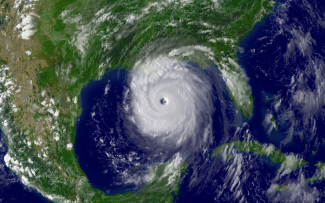
NOAA forecasts Hurricane Katrina and mounts a massive response in the storm's aftermath.
-
2005
NOAA begins expansion of U.S. tsunami detection and warning capabilities in response to the December 2004 Indian Ocean tsunami.
-
2006
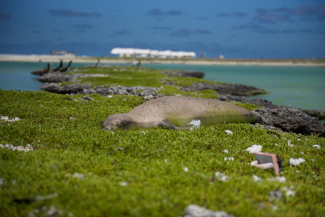
President Bush uses the Antiquities Act to establish the Papahānaumokuākea Marine National Monument (originally called the Northwestern Hawaiian Islands Marine National Monument), making it the largest single conservation area in the history of the country.
-
2006
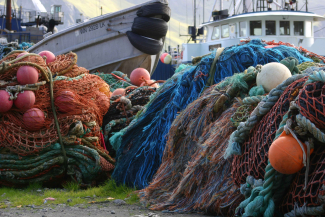
The Magnuson‐Stevens Fishery Conservation and Management Reauthorization Act of 2006, which amended the High Seas Driftnet Fishing Moratorium Protection Act, directs the United States to strengthen international fisheries management organizations and to address illegal, unreported, and unregulated fishing and bycatch of protected living marine resources.
-
2006
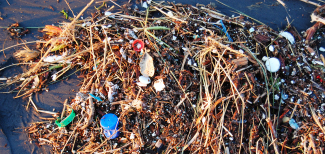
Congress passes the Marine Debris Act (amended in 2012 and 2018), which formally authorizes NOAA to work on marine debris issues and establishes the Marine Debris Program.
-
2006
NOAA publishes the first Fisheries Economics of the United States report, detailing the economic impacts of U.S. commercial and recreational fishing activities and fishing-related industries.
-
2006
NOAA celebrates 200 years of science, service, and stewardship by the agency and its predecessors.
-
2007
The MSA Reauthorization Act was a game-changer in fisheries management and placed the trajectory of U.S. fisheries on the path to global leadership.
-
2007
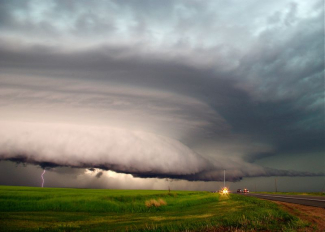
The National Weather Service transitions from county-based to new storm-based warnings, issuing more geographically specific warnings for tornadoes, severe thunderstorms, floods, and marine hazards. NWS implements the Enhanced Fujita scale to rate tornadoes, replacing the original Fujita Scale.
-
2008
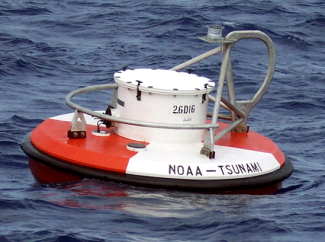
NOAA completes the U.S. tsunami detection network after deploying the final two tsunami detection buoys in the South Pacific.
-
2008
NOAA launches a seafood facts website; FishWatch.noaa.gov.
-
2008
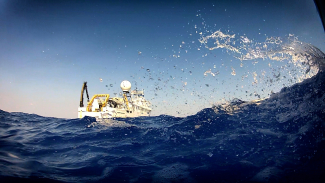
NOAA Ship Okeanos Explorer, "America's ship for ocean exploration" commissioned.
-
2008
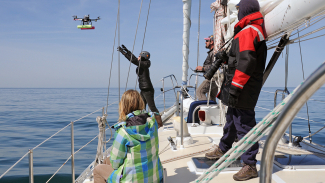
NOAA establishes the Unmanned Aircraft Systems program within NOAA Research.
-
2008

The Ship Strike Reduction Rule is implemented to protect North Atlantic right whales and other cetaceans from ship strikes.
-
2009
Dr. Jane Lubchenco becomes the first woman and the first marine ecologist to lead NOAA.
-
2009
An unmanned underwater glider successfully crossed the Atlantic Ocean, opening up a new world of ocean technology.
-
2009
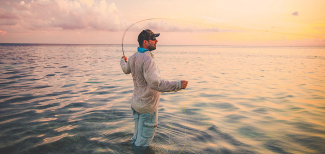
NOAA Fisheries begins an initiative to strengthen partnerships with the recreational fishing community.
-
2009
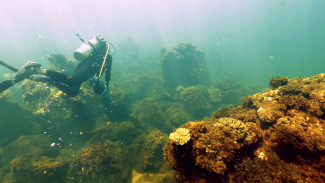
NOAA establishes the Ocean Acidification Program.
-
2009
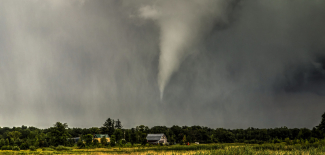
National Severe Storms Laboratory conducted the first phase of the the largest tornado field experiment in history, aiming to answer detailed questions about how, when, and why tornadoes form.
An official website of the United States government
Official websites use .gov
A .gov
website belongs to an official government organization in the United States.
Secure .gov websites use HTTPS
A lock (
) or https:// means you’ve safely connected to the .gov website. Share sensitive information only on official, secure websites..
- NOAA Heritage home
- Exhibits
- Our history
- NOAA timeline
- NOAA Photo Library

